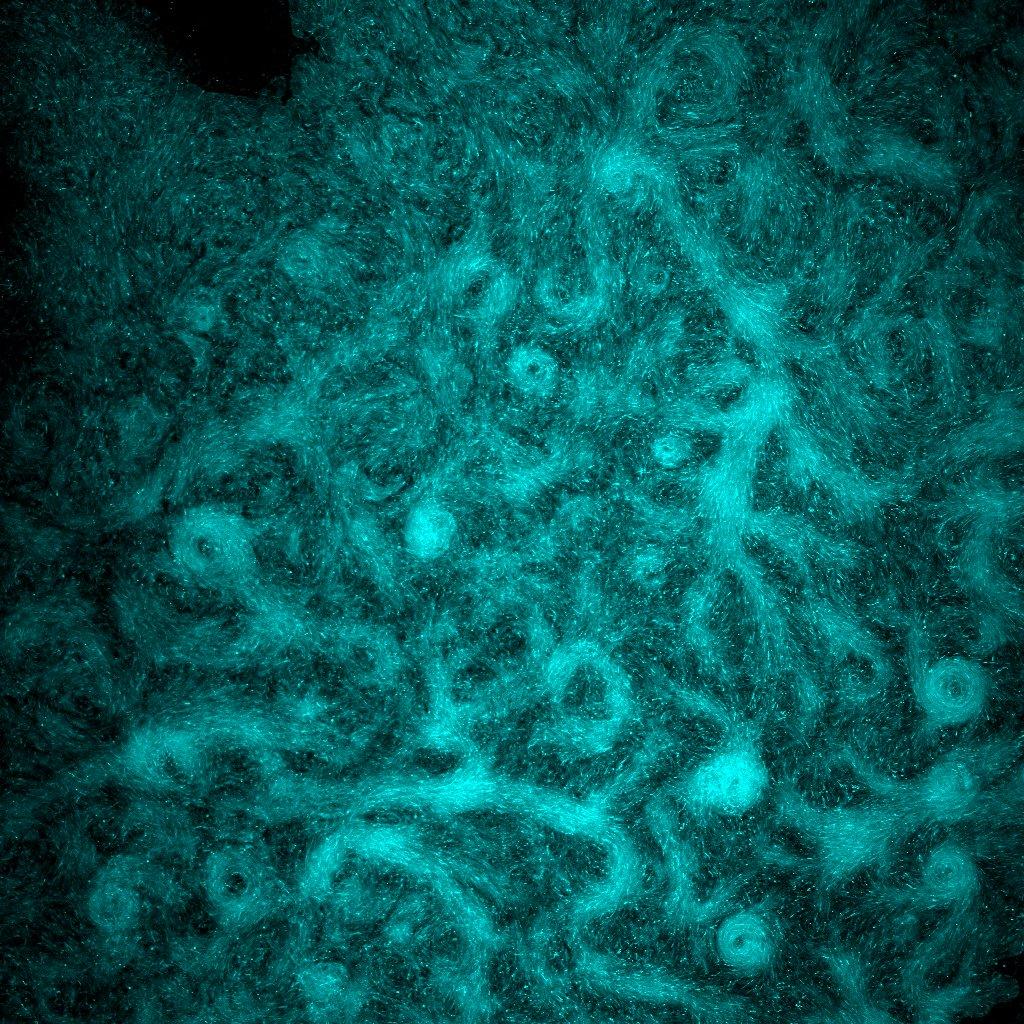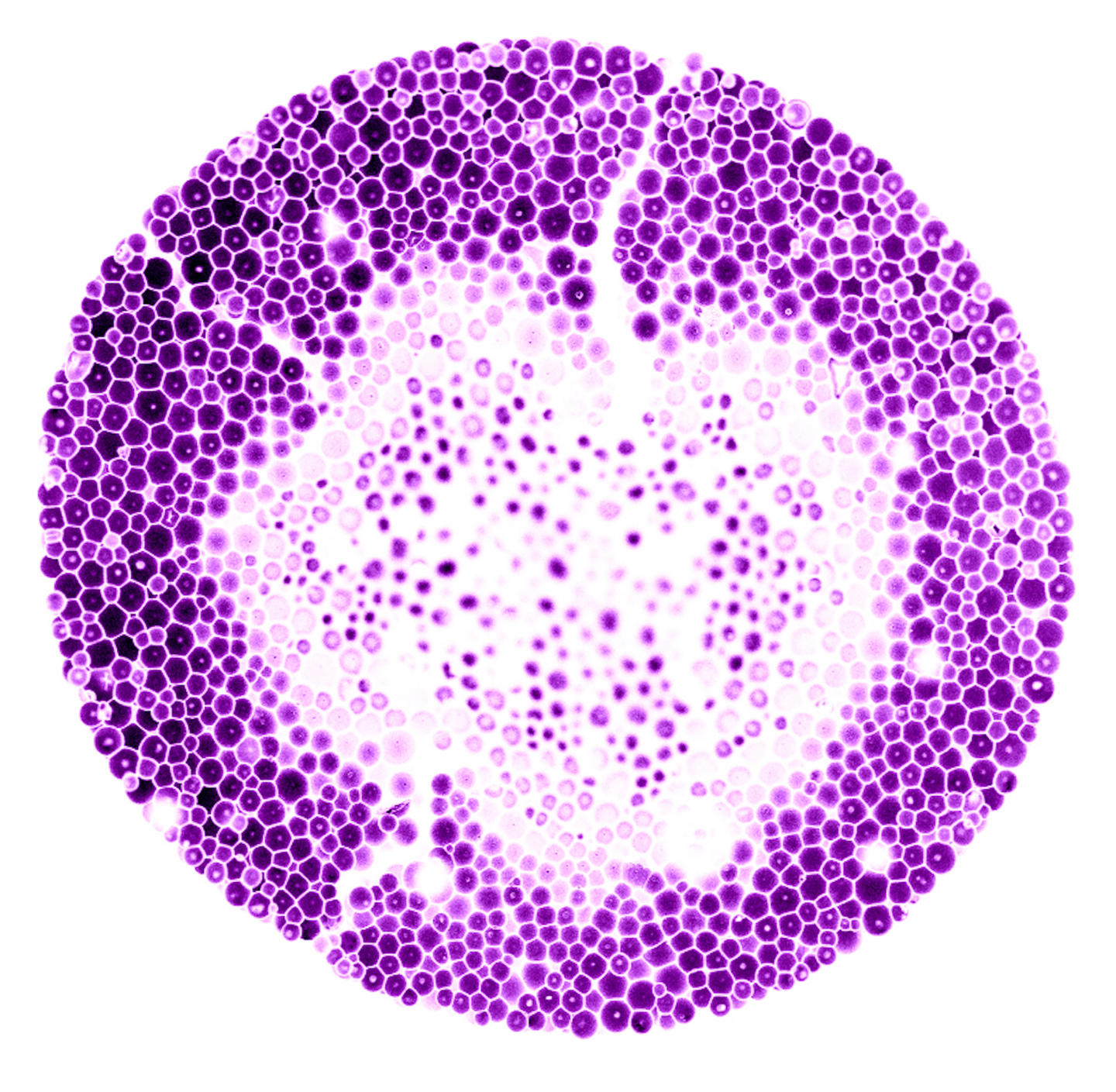Soft (“squishy”) and living systems underlie nearly every aspect of our lives: the milk we drink in the morning (a colloidal dispersion), the gel we put into our hair (a polymer mixture), and the plaque that we try to scrub off our teeth (an adhered bacterial community known as a “biofilm”) are all familiar examples. Such systems also hold great promise in helping to solve societal challenges including the need for water security, improved agriculture, and the treatment of disease.
Thus, our research focuses on understanding how soft and living systems behave in the complex environments they are typically found or applied in. Examples include soils, sediments, and porous rocks underground, or gels and tissues in our own bodies. We do this by integrating microscopy, microfluidics, materials science, and biophysical characterization. We also complement our experimental work with theoretical and computational modeling, applying ideas from fluid and solid mechanics, colloidal science, polymer physics, statistical mechanics, and network science.
Our work focuses on microbial collectives, complex fluids, and porous hydrogels, as described further below—motivated by challenges in biotechnology, energy, medicine, and sustainability. Our overarching goal is to bridge the gap between idealized lab studies in uniform environments and complex processes in real-world settings.
In addition to reading the research summaries below, find out more about the lab PI and people who make this work possible, read more in our publications, check out this not-too-out-of-date video intro to our lab & this parody video of our lab, and follow us on Twitter @TheSquishyLab!

Image credit: Ahmed Al Harraq

Image credit: Navid Bizmark

Image credit: H. Jeremy Cho
